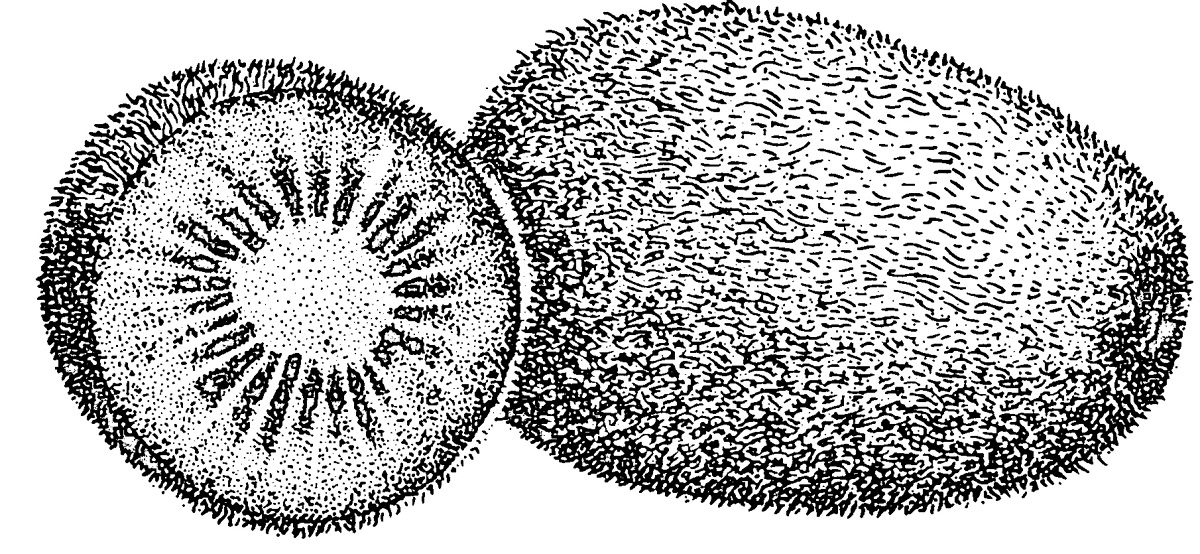Kiwifruit, Kiwi Fruit, Kiwi
Actinidia deliciosa, formerly actinidia chinensis
Published 1986
Also
Chinese Gooseberry

Unless you’ve been cruising about in a submarine for the last several years without surfacing, you will undoubtedly have met up with the kiwifruit, which has exploded in popularity during the last decade. The enfant terrible of the nouvelle cuisine, it burst onto the fashionable scene, and has gradually settled down to a more matronly existence as a household and supermarket staple.
Become a Premium Member to access this page
Unlimited, ad-free access to hundreds of the world’s best cookbooks
Over 160,000 recipes with thousands more added every month
Recommended by leading chefs and food writers
Powerful search filters to match your tastes
Create collections and add reviews or private notes to any recipe
Swipe to browse each cookbook from cover-to-cover
Manage your subscription via the My Membership page
Monthly plan
Annual plan
In this section
Part of
Advertisement
Related Recipes
-
-
-
-
Related Reference
-
-
-
-
Advertisement



